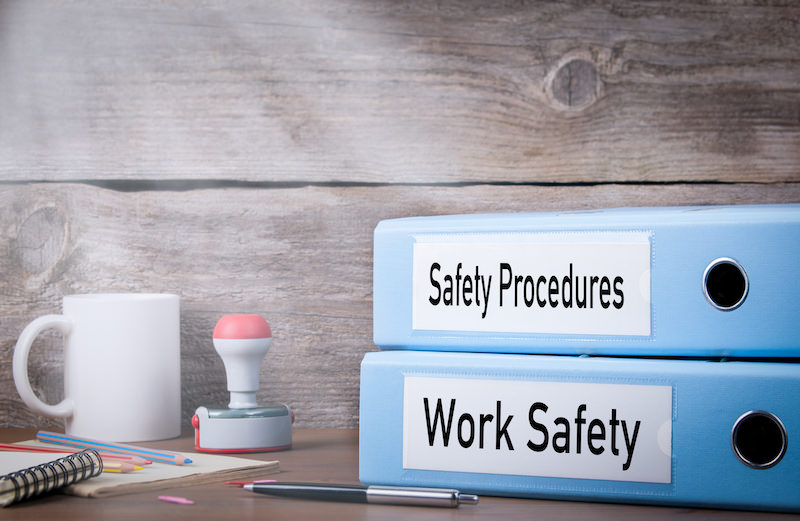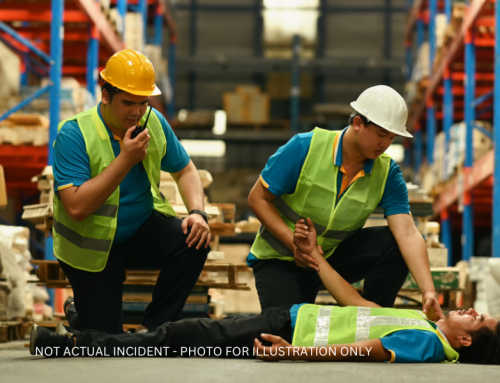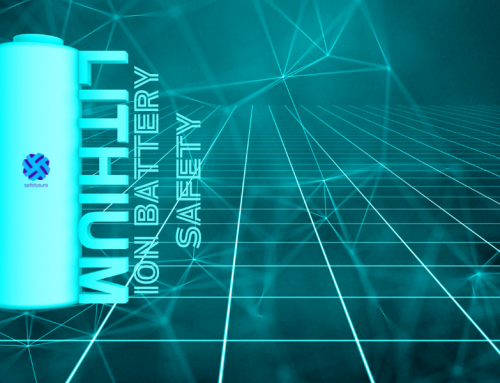How often have you completed a safety induction and then been handed a mountain of safety policy and procedures to read? Some might even be applicable to the job you have to do, but many won’t.
Getting through the induction is one thing, but navigating your way through the safety policy and procedures that may follow the induction can sure be a challenge for most of us. Documents are often highly complex from a technical perspective and sometimes very wordy. Quite frankly…sometimes they just don’t get to the point.
We thought the best approach might be to define what are safety policy and procedures and then provide some key tips on making your safety policy and procedures meaningful and remembered.
Safety Policy
Firstly, a safety policy statement is a document to outwardly express your commitment to workplace health and safety/occupational health and safety. It’s a way to verbalise the “intent” of the organisation and yourself as the senior leader and to provide some strategic direction for the organisation’s safety efforts.
At the very least, it should always seek to address:
- The commitment of the organisation and the leader (typically the CEO) to health & safety;
- An aim to reduce the risks to health and safety for your staff, visitors or other people that may be affected by what your organisation does;
- What is the goal in respect of safety e.g. Injury free/incident free or maybe if you’re in the early steps of your health and safety journey…getting a system off the ground;
- Who is responsible (ultimately, we know that senior leadership will be legally responsible) but it should address who will create the safe working environment, who will implement the safe systems of work, who will provide the supervision and training. It should also define.
Ultimately many people in your organisation may see safety policy statements as a “motherhood” statements that really don’t achieve much. We like to see a good safety policy statement as the foundation on which we will build our house…and hopefully a safe house.
We would recommend that your safety policy statement doesn’t extend beyond one page and it is worded in a way that every staff member (providing they have some basic literacy) could read it. You may also like to consider producing it in other forms if literacy levels are low or if you really want to embed it in the organisation’s psyche. Infographics are a great way to get a message across to an audience that may not have high literacy levels.
It’s kind of cool to explore other ways through which we can present safety policy statements. We should always remember that the different learning styles of individuals when we prepare our safety policy and procedure messages. Visual, auditory, reading writing and kinesthetic approaches should always be considered if you want to connect with your audience.
We recently heard of an organisation that adapted its safety policy into a poem. Why not we say…if we truly want people to get our safety policy message, then we should be pulling out all stumps to communicate it to them effectively. While the safety policy is a statement of intent, our safety procedure should be about how we undertake the task.
Safety Procedures
Secondly, our safety procedures define the way we do our work in order to perform it safely. Quite frankly, we don’t believe that there is value in having a specific safety procedures associated with a job/task simply because it adds another layer of complexity on what is expected of our staff. Should they only remember the safety?…of course not! We would expect our staff to remember all aspects of the job – safety should therefore become a key element of our work procedure.
Want to know what should be in the perfect safety procedure? READ MORE HERE
Our approach at Safetysure is about defining a procedure to undertake the task, incorporating all facets of the work including safety, quality, environmental responsibility and task performance requirements.
If you’re going to set out the steps in order to do a job safely, you might as well set them out with quality and environment in mind. Too often, staff are provided a safety procedure, a quality procedure, an environmental procedure as separate documents and then expected to learn each one. Safety procedures must be integrated into our daily work in order to be effective. Ultimately, our procedures will incorporate the risks associated with a work task and list the appropriate risk control measures into a sequence of steps for doing that task safely.
Here’s six key considerations for your safety policy and procedures.
- The length of the content – average readers can read around 200wpm with a typical comprehension rate of 60% – don’t make your procedures incomprehensible by making them too long to absorb in reasonable amounts of time;
- Will your employees need to perform specific actions as a result of the procedure? If so, then you should consider how you will assess their competence – not only their knowledge.
- Aim to seek alternative communication methods for your safety policies and procedures. Written approaches don’t always work (particularly if they’re loaded with links to other documents). We now know that video is considered a key element of improved retention learning. Tantrarungroj (2008), who completed research in retention rates through video streaming, determined that a group who was exposed to video scored significantly higher on a knowledge retention test that was administered 4 weeks after original learning
- Safety policies and procedures are most effective when they are internalised by staff and they become part of an organisation’s culture.
- Build your safety policy and procedures into the task being performed and consider all aspects of the task. Don’t have safety as a separate component of the job. They should be integral and intertwined to the task being performed.
- Run a Flesch–Kincaid and the Gunning Fog index across your final documents and test their readability.
Our experience shows that mountains of safety policies and procedures don’t work in most organisations and they end up shelved. Vibrant , integrated safety policy and procedures work well and become part of your organisation’s culture. Aim high when establishing and integrating them into your organisation. They will clearly benefit your organisation’s growth.
Read our article on what should go into a great safe work procedure here.
Read more great safety advice
References
Tantrarungroj, P. 2008. Effect of embedded streaming video strategy in an online learning environment on the learning of neuroscience. PhD diss., Indiana State University, Terre Haute.
Download a safety plan example
[wpdm_package id=’1497′]







Leave A Comment